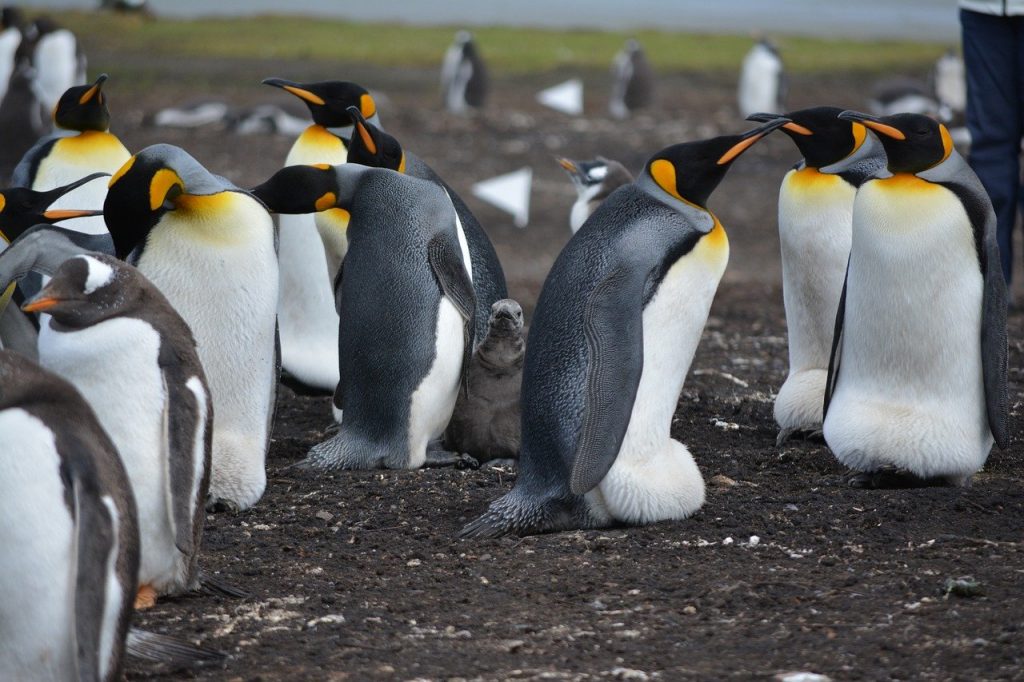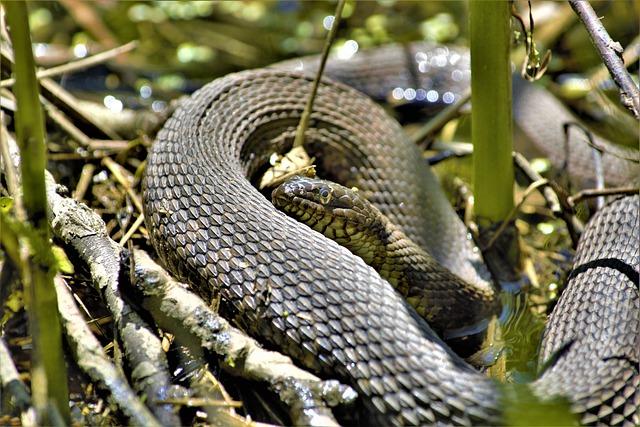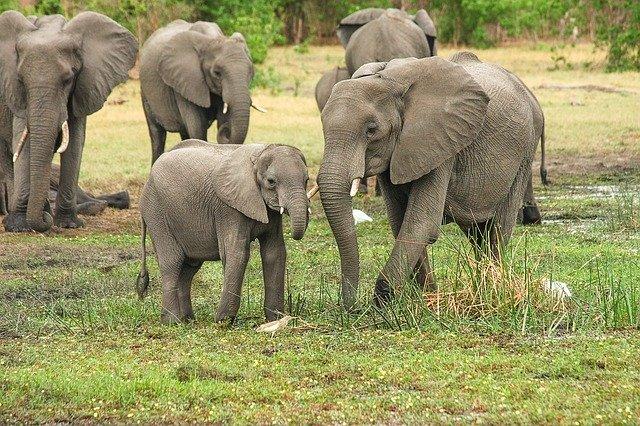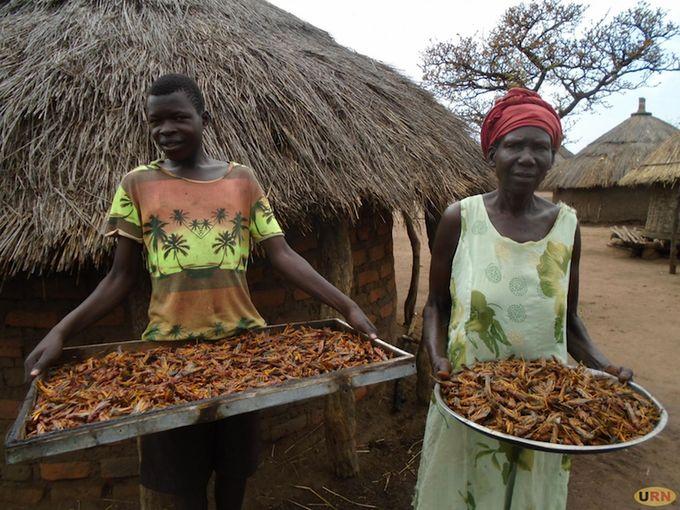These 4 towns were overrun by animal invasion in Africa

In Africa, animals are in many places, but we can live in harmony with them in most areas with very few occurrences. In some regions, however, hordes of animals can disturb communities and cause damage.
In many of these cases, an enormous effort is needed to restore the balance.
1. Betty’s Bay (South Africa)
Penguins are almost universally loved animals, but those who have been close to them often have a different opinion. That is the case with the city Betty’s Bay in South Africa, where endangered African penguins often come to breed.

In 2012 the inhabitants of the city were tired of the birds because fences used to keep them out of private property started to fall apart. Many said the penguins stunk and kept people awake at night with their loud squeaks. They are said to sound like donkeys, nicknamed them “jackass penguins”.
Eventually, the situation was resolved. In 2016, however, the penguins faced threats from leopards, who are known to roam Betty’s Bay. One attack alone killed 33 penguins.
2. Ejisu Municipality (Ghana)
In the early month of April 2016, Essienimpong and Kwaaso, two villages in the municipality of Ejisu in Ghana, were plagued by a massive influx of presumably poisonous black snakes. A large part of the area is surrounded by vegetation, so it’s thought that the snakes came from there.

When they entered the villages, the snakes began to seek shelter in the bedrooms, closets, and bathrooms of houses. This outbreak caused a lot of panic among the inhabitants of the area when they tried to chase as many snakes as possible.
In a short time, more than 60 snakes were killed, but they still terrorized the community. The inhabitants attributed the invasion to the anger of the gods. They said that young people had illegal sex in the bushes around the villages, attracting the wrath of the gods.
After the authorities arrived and decontaminated the area, they collected 300 dead snakes. They confirmed that the snakes bit, but they were not poisonous.
3. Jageloken (Liberia)
In 2015, in Jageloken, Liberia, elephants arrived in droves, trampled the villagers’ coffee crops, and ruined property. The reason the elephants wreaked havoc… is that they saw trees near their habitat. This frightened the elephants and made them flee to the village.

Another reason is the government’s ban on bush hunting as both a conservation effort and a way to stop the Ebola virus back then. Despite the ban, villagers still go into the forest to cut trees and sell planks, which makes the problem even worse.
4. Locusts invasion in East Africa
The invasion of the locusts in East Africa destroyed many crops and other things. The result of the attack was the scarcity of food in the affected region, including the cities in Somalia, Kenya, Uganda, Tanzania, Ethiopia, and South Sudan. Still, the people in the Kitgum district in Northern Uganda chose a different method. They eat grasshoppers that devour their crops.

The locals in Kitgum district in northern Uganda eat locusts that have devoured their crops, according to the Uganda Radio Network (URN) news agency. The agency reports that poor harvests in the region have forced locals to make grasshoppers their alternative source of food.
However, some are concerned about potential health risks, as the Ugandan government has been spraying pesticides in areas contaminated by locusts to prevent their spread. Residents said they caught the insects, cooked them, and dried them before consuming them.

Christine Abalo, a native of Gogo village and mother of five, told URN that she had decided to catch the locusts to taste the delicacy because the elderly said they were edible. Desert locusts destroyed farmers in Somalia, Kenya, Uganda, Tanzania, Ethiopia, and South Sudan in what has been described as the worst invasion in 25 years.





Kenya Ni wakaidi sana yani walibadilisha lucust kuwa mboga

